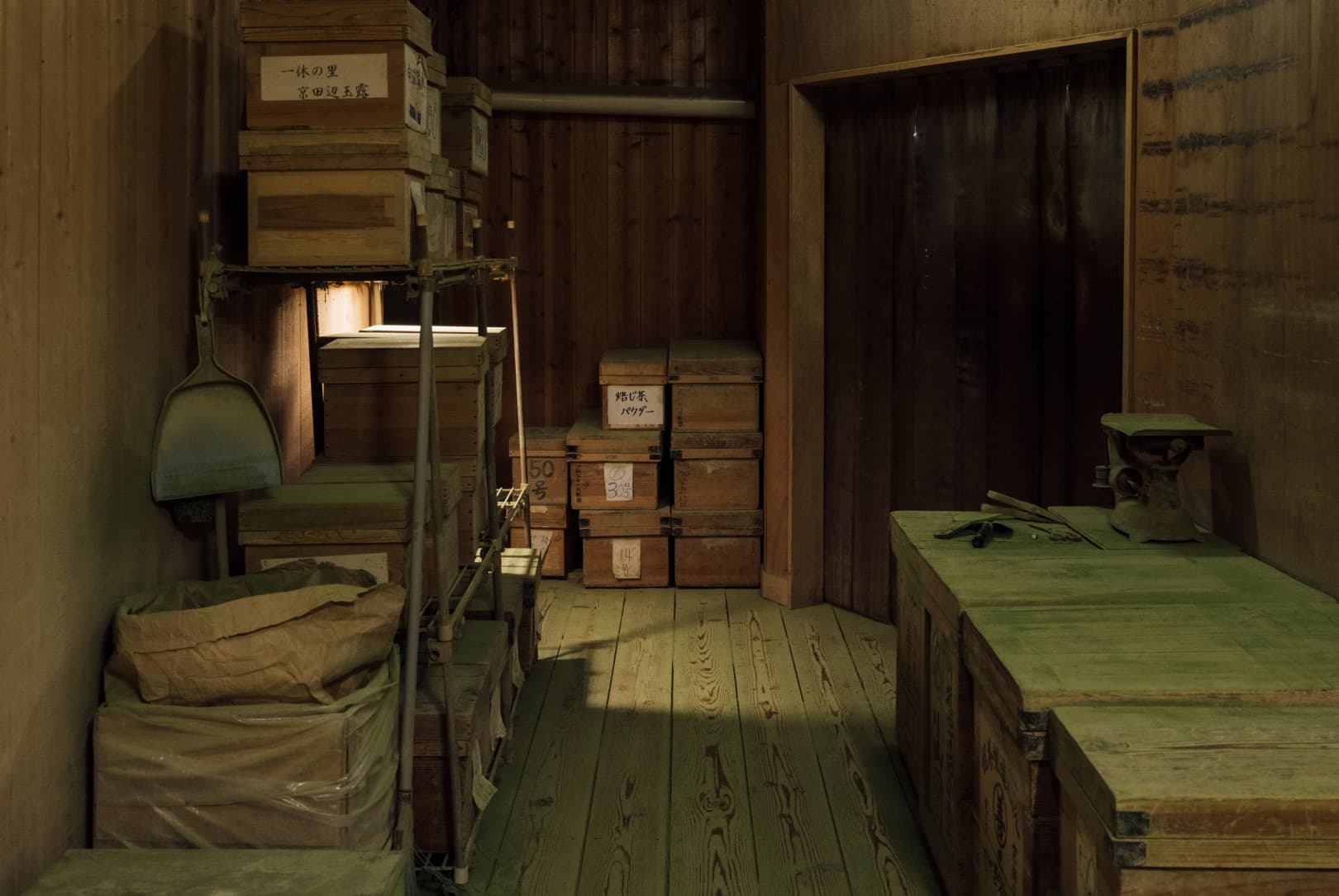
Play Movie
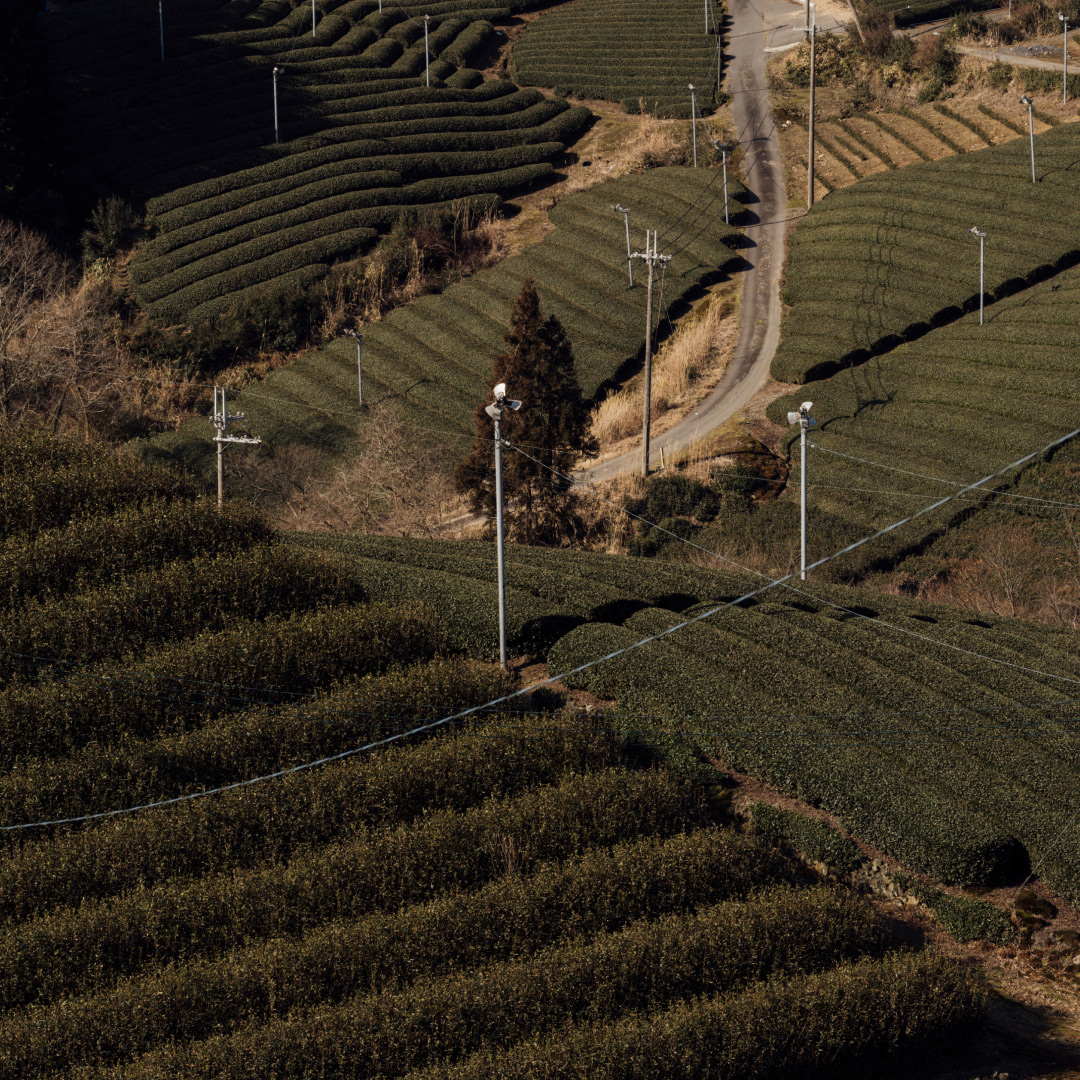
Listen
to Katherine Kennard
reading this story
Matcha of the finest quality
Uji Matcha
Located in the southern part of Kyoto prefecture, the Yamashiro region has long been renowned for producing green tea of the highest quality. In the picturesque city of Uji, whose name means ‘surrounded by mountains on three sides’, tea houses are among the traditional architecture lining the banks of the Uji River, while a journey through the rolling landscape reveals evergreen tea fields covering the terrain like a patchwork quilt. Home to fertile soil and a warm climate, the region also attracts a dense morning fog that not only prevents frost from forming, but provides tea leaves with moisture that leads to aromatic teas. These natural attributes, combined with the region’s close proximity to Kyoto, have provided a platform for tea cultivation to prosper over the past eight centuries.
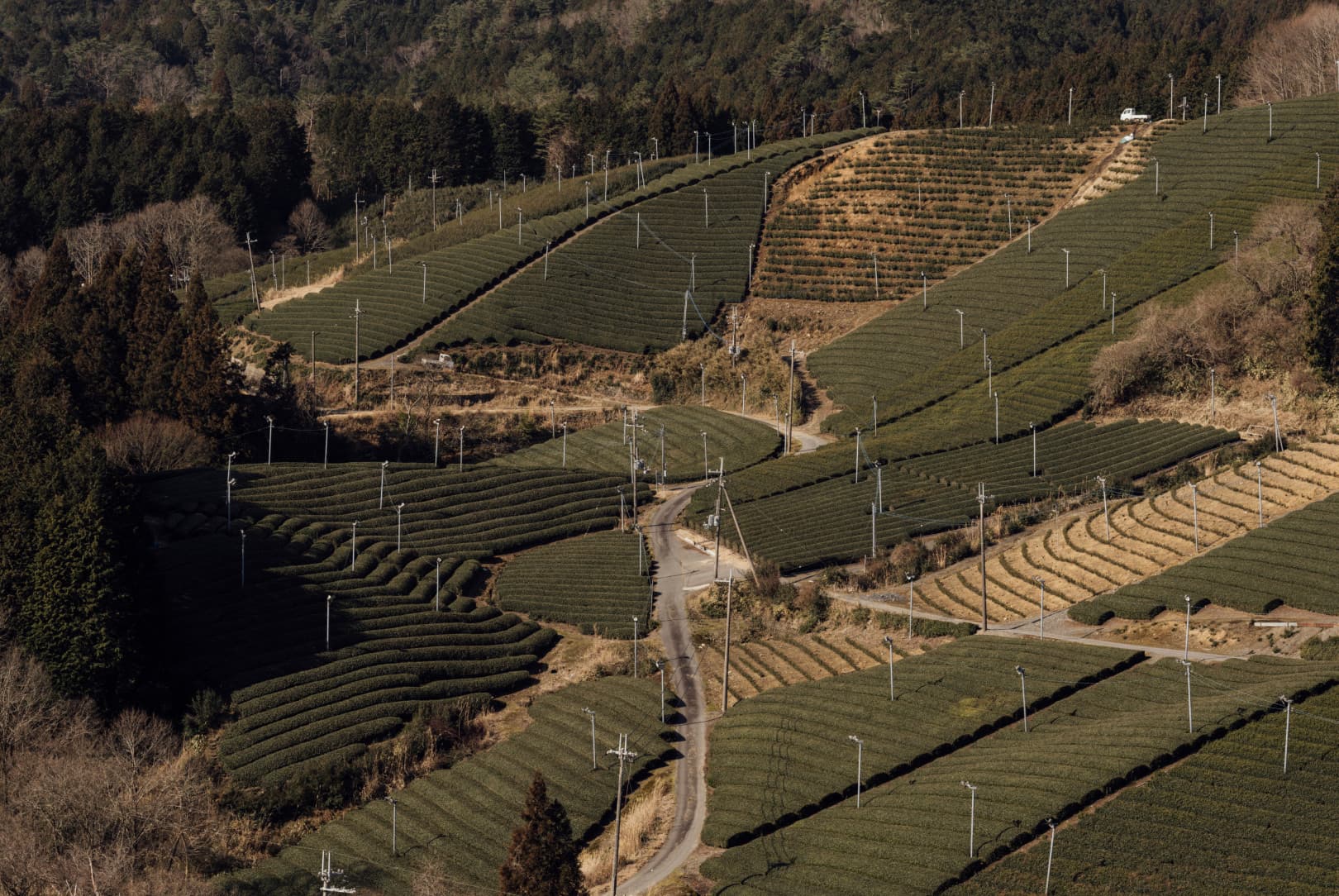
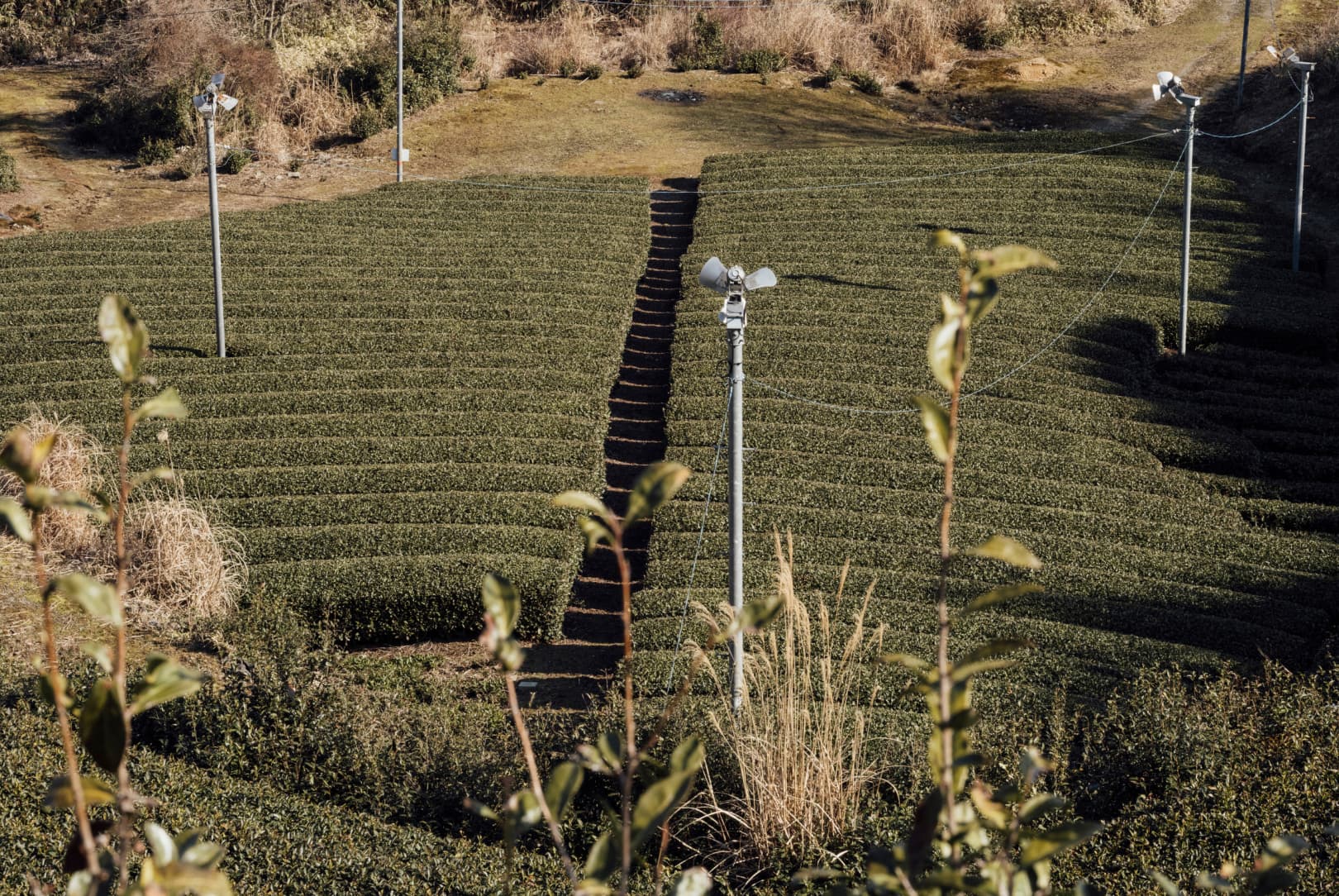
The history of tea in Uji can be traced back to Eisai, a monk who shaped the development of tea-drinking culture in 13th-century Japan. Eisai, who famously wrote “Tea is the elixir of life,” promoted the cultivation and medicinal benefits of tea, which at the time was consumed in a form similar to modern-day matcha. The monk also shared tea seeds, brought back from China, with a priest who began growing them at Kozanji, his temple in Kyoto. Some of these seedlings were later taken to the town of Ujitawara and planted in the Obuku Valley, marking the start of tea cultivation in Japan.
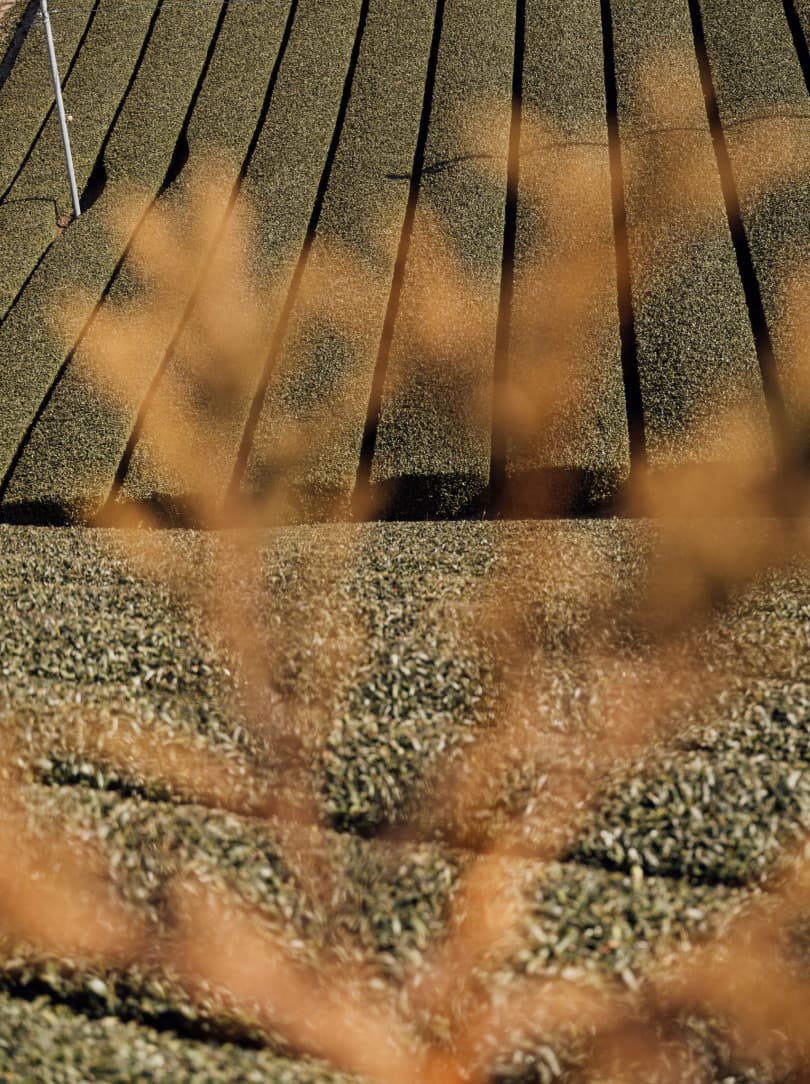
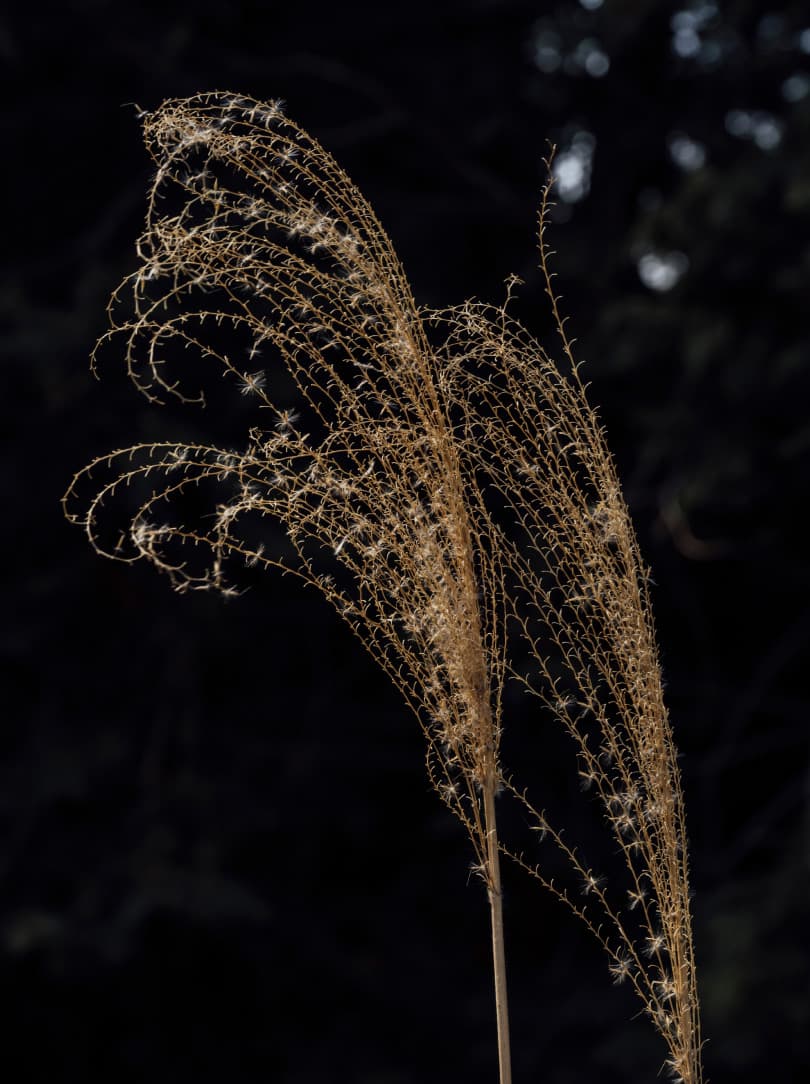

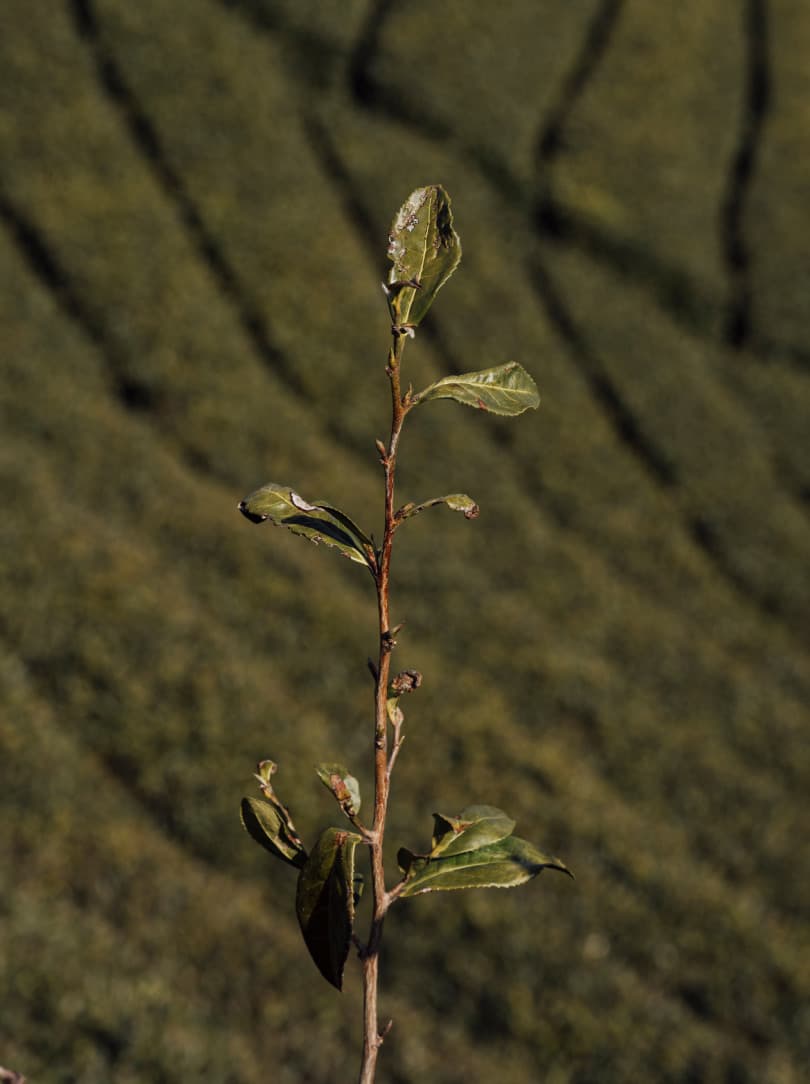
As production grew, Uji tea became renowned in Kyoto, the Japanese capital at the time, attracting a loyal following among aristocrats and the upper echelons of society. The growing demand laid the foundations for a range of developments, the impact of which can still be felt today. Shaded growing techniques were used to control the amount of sunlight plants received before harvest, preserving their natural umami and leading to smoother, deeper matcha. The introduction of ‘sencha’, or brewed tea, saw the 18th-century Ujitawara farmer Soen Nagatani fine-tune a process of hand-rolling and drying steamed tea leaves to create tea with a unique colour, flavour and scent. Known as the Uji production method, the process was later combined with shaded growing to create ‘gyokuro’, the highest grade of steeped tea. Even today, sencha is still produced using the Uji method and the innovative farmer’s contribution to tea culture is honoured at Chasomyo Shrine, a small shrine nestled by the forest near his childhood home.
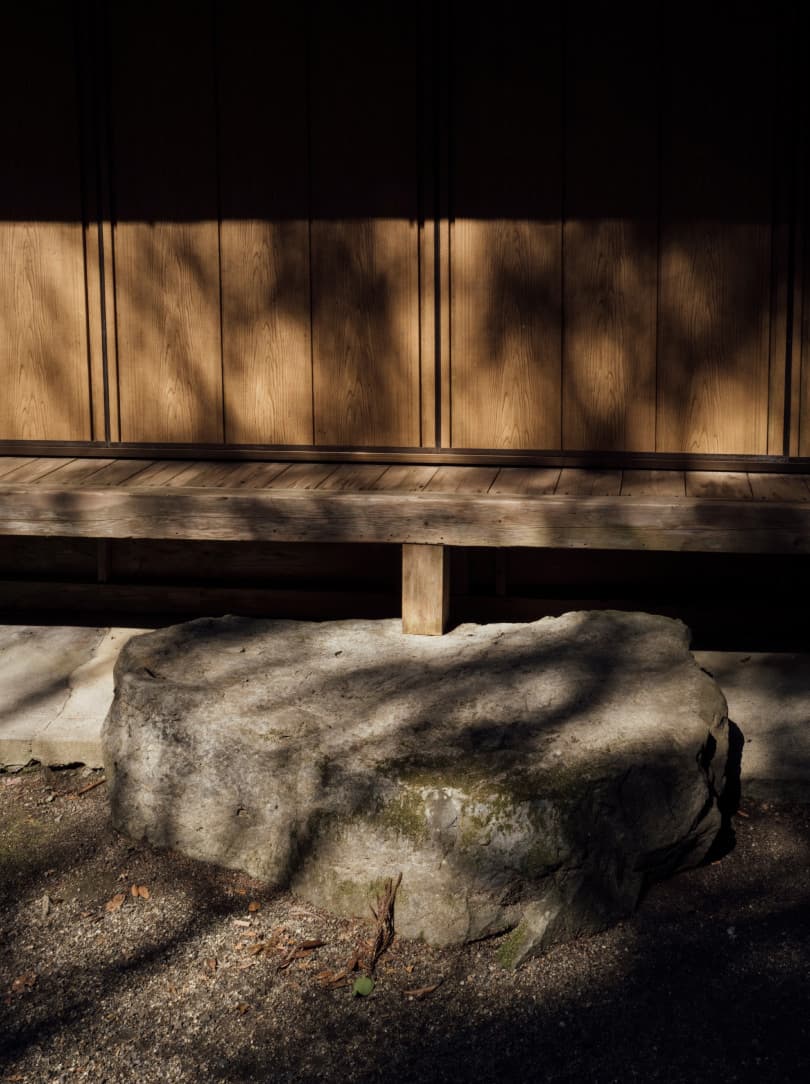
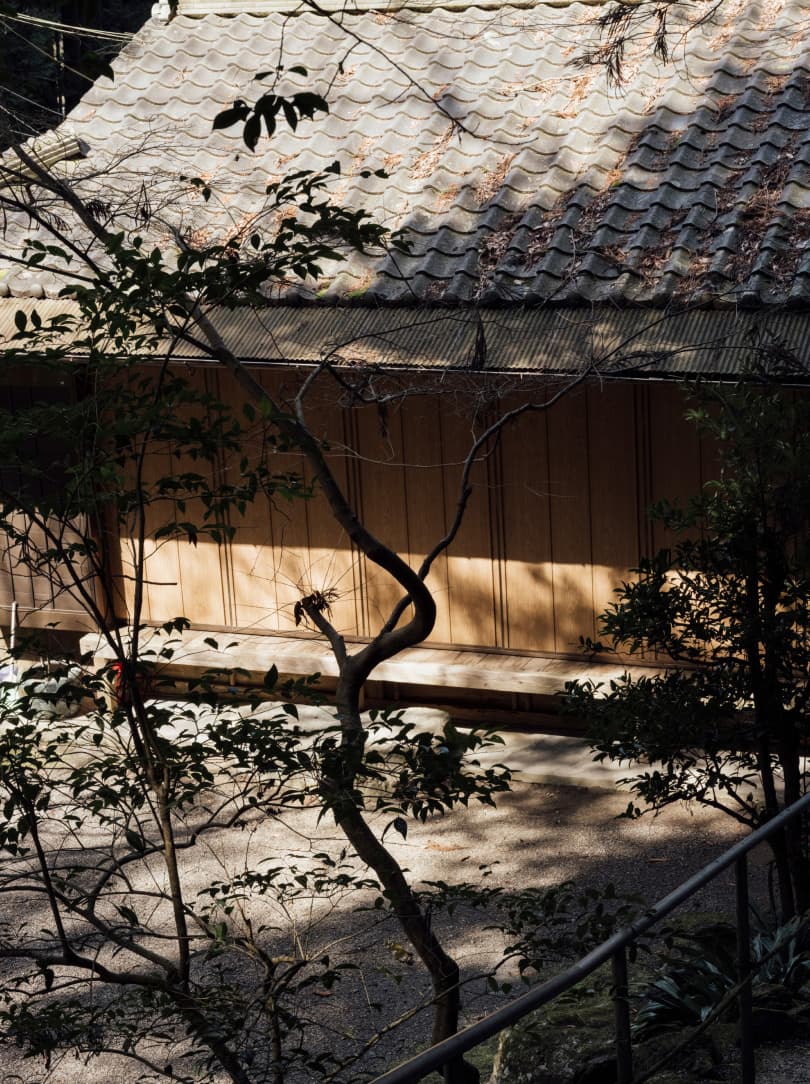

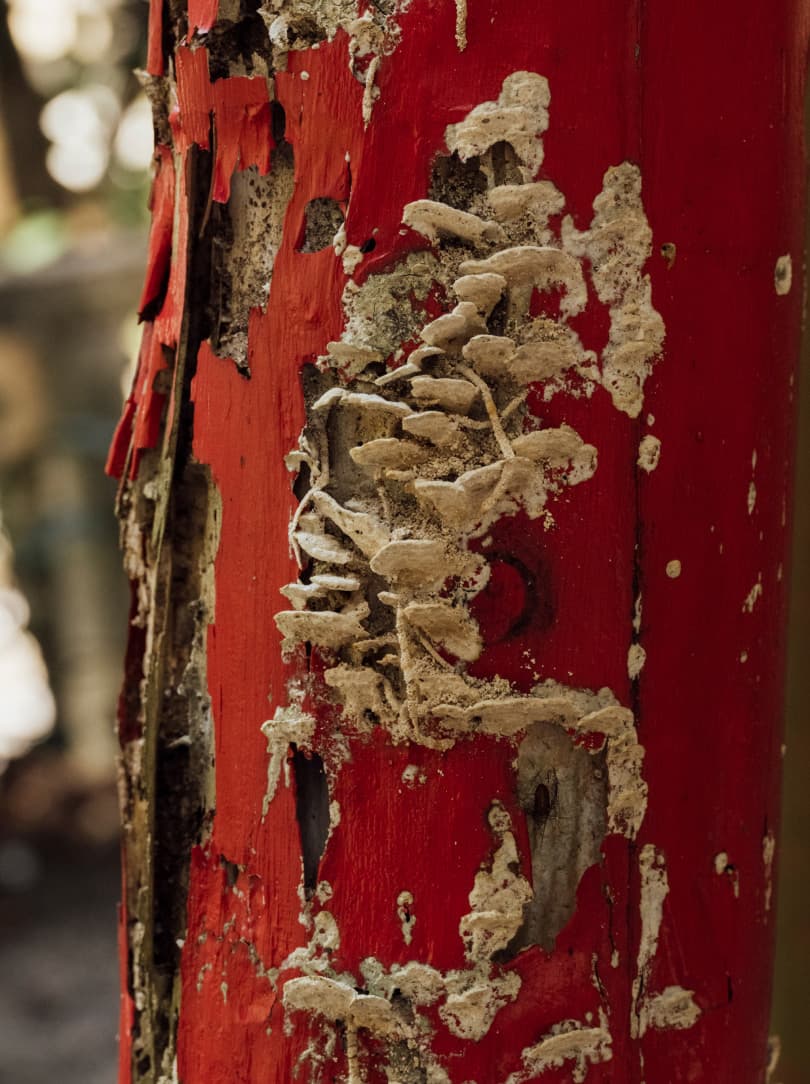
“Creating even one matcha can be challenging – you just have to keep mixing and mixing.”
HIDEKI KUWABARA
The rich heritage of tea permeates greater Uji, extending to the quiet residential street home to tea wholesaler Kuwabara Zensuke Shoten. Dating back to the Meiji era (1868–1912), the company handles everything from the selection of raw tea to the preparation and finishing of leaf and powdered teas. Founded by local farmers, the family business has been led by fourth-generation president Hideki Kuwabara since 1973. A spritely man now in his mid-seventies, Kuwabara entered the industry fresh out of university and with little experience to call upon, learned his craft through observation and experience. Attending sessions by the tea industry youth association, traditional blind tea tasting games became a key source of knowledge, providing an opportunity to compare and contrast teas with his peers.

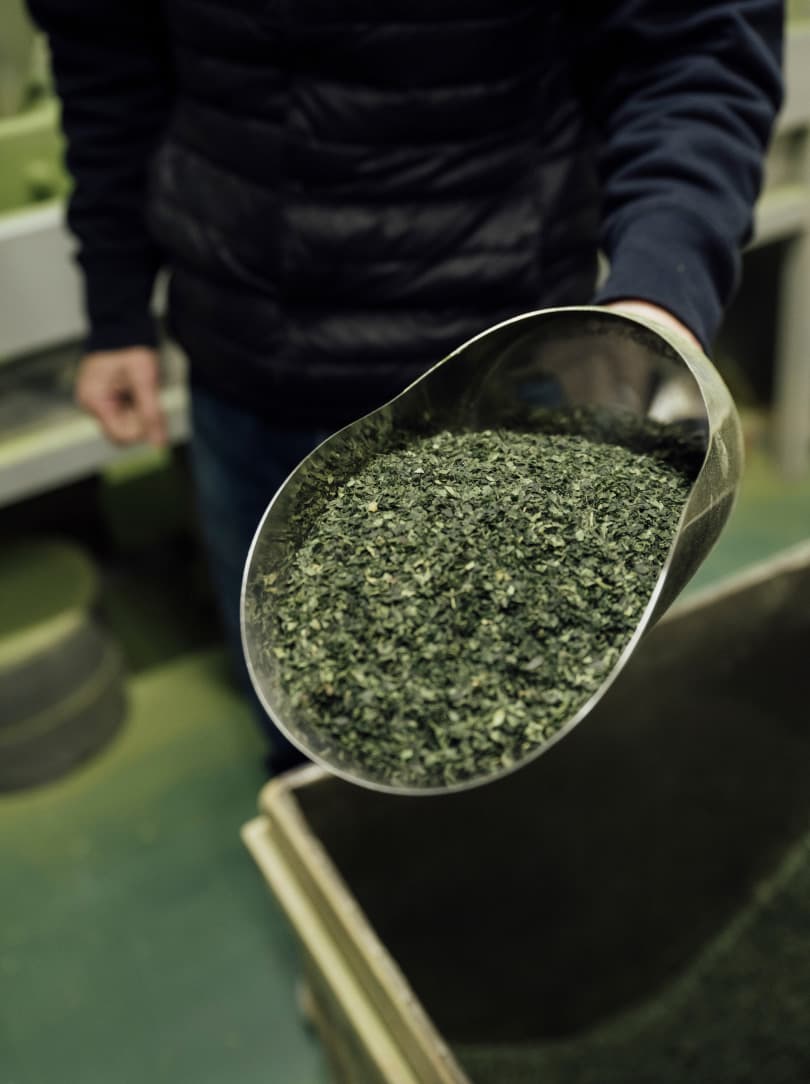
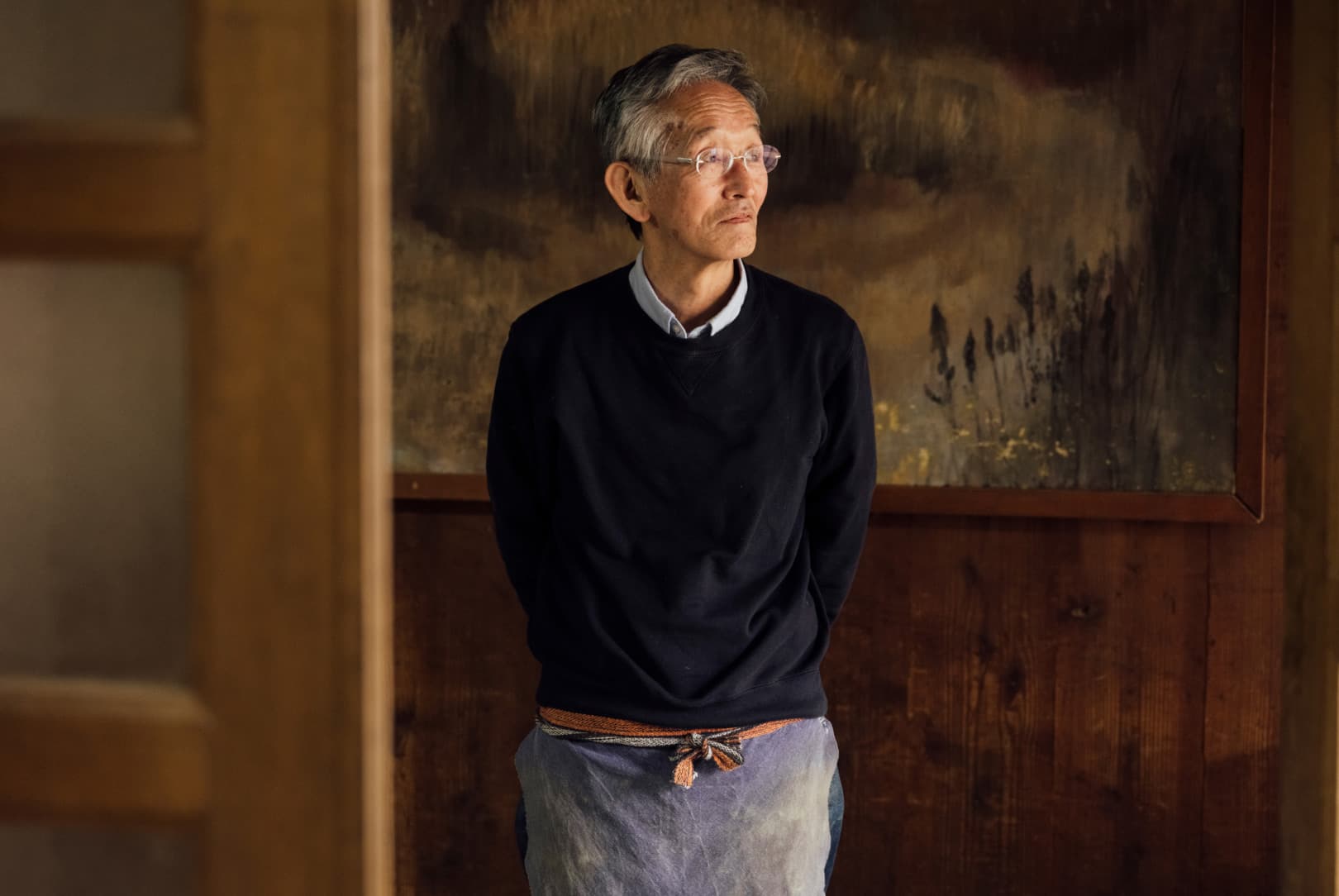
Now an industry veteran, Kuwabara works to share his wisdom with the next generation, writing a range of publications about Japanese tea culture with youthful enthusiasm. This wealth of experience, gathered over the past five decades, informs Kuwabara’s work overseeing the crucial ‘gogumi’ blending process. “I’m very particular about regions and varieties; seeking to do things that the larger companies can’t match,” the tea master says with pride. “I only use tea leaves from Uji and have a long working relationship with the growers I work with. In order to know and blend the teas properly, I need to understand everything about the farmers and their fields. Even the size and brand of their processing machinery can make a difference.”

When it comes to creating a matcha blend, Kuwabara begins with raw materials: steeping and sampling ‘tencha’, the whole leaf form of matcha, from a range of farms. With each sip he imagines their possibilities, envisaging different combinations and the flavour profiles they will yield. “Creating even one matcha can be challenging – you just have to keep mixing and mixing,” he says with a smile. “But most importantly, there always needs to be a balance between colour, aroma and flavour.”

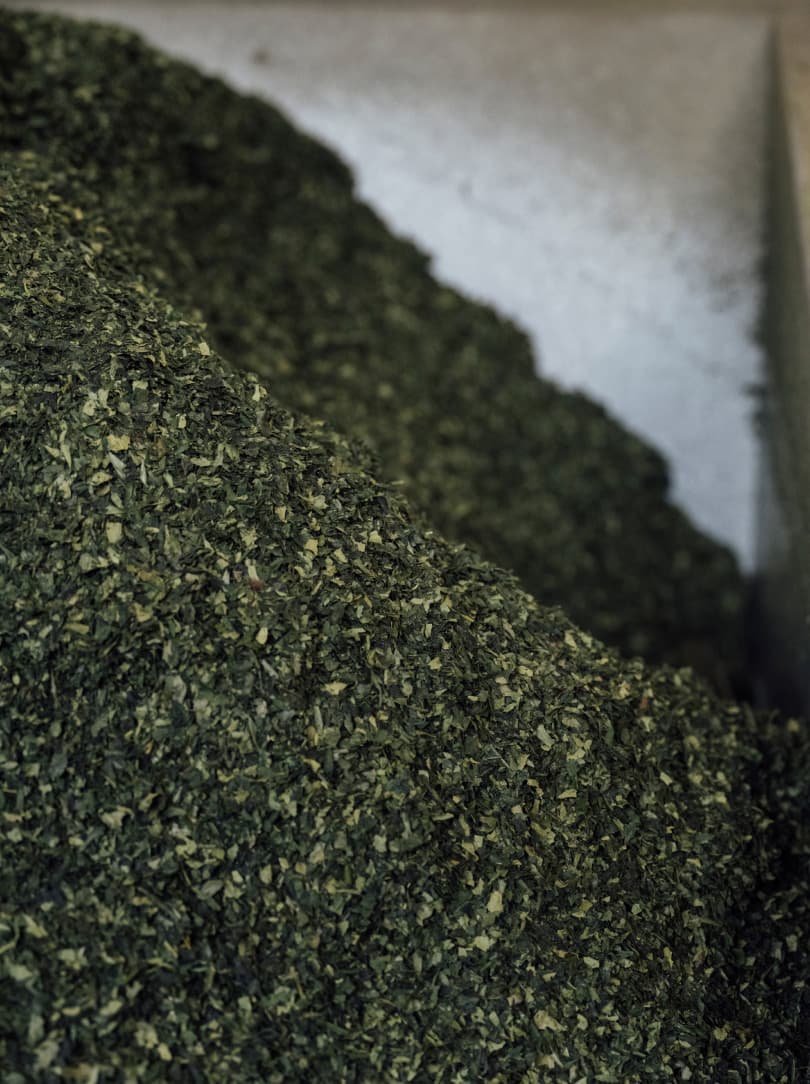
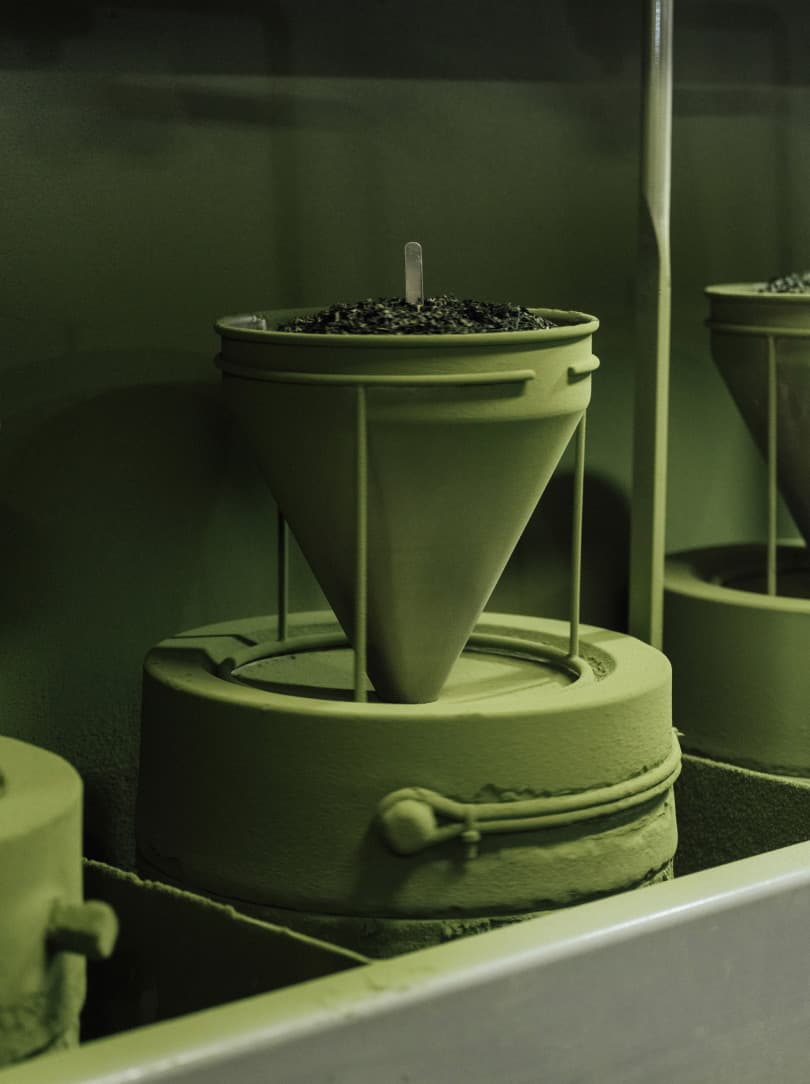
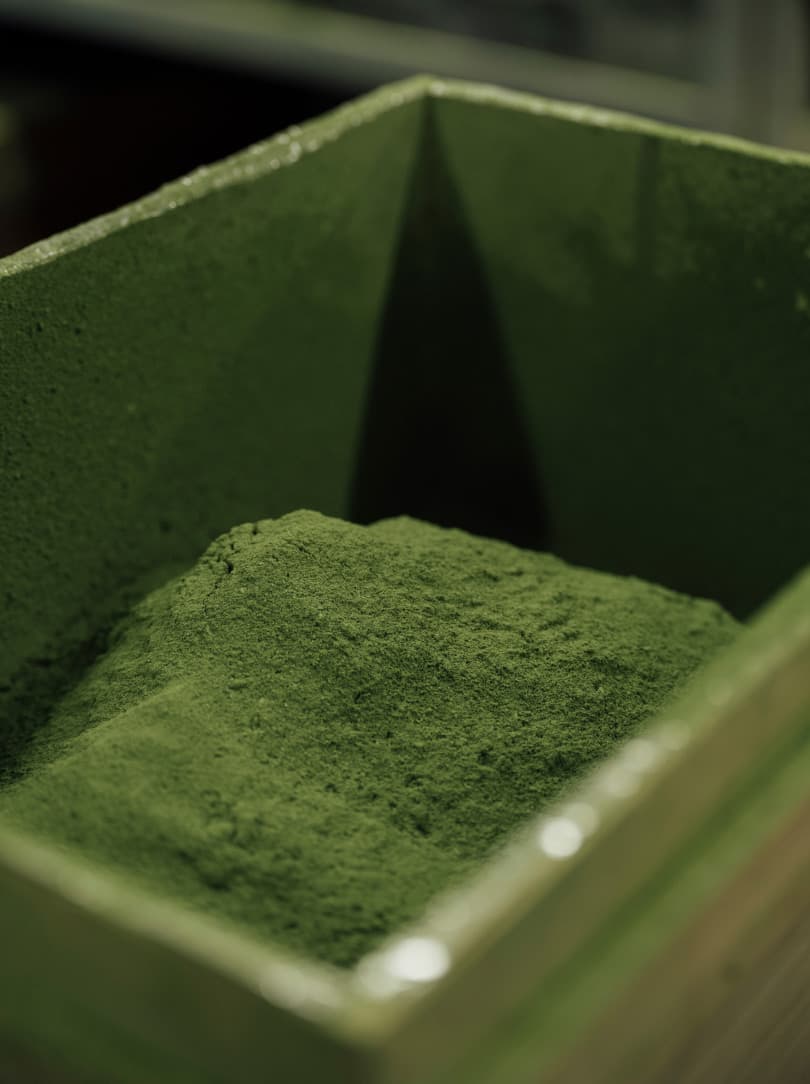
In the adjacent factory, a small team of workers oversees matcha production in a series of machinery-filled rooms carrying an air of times past.
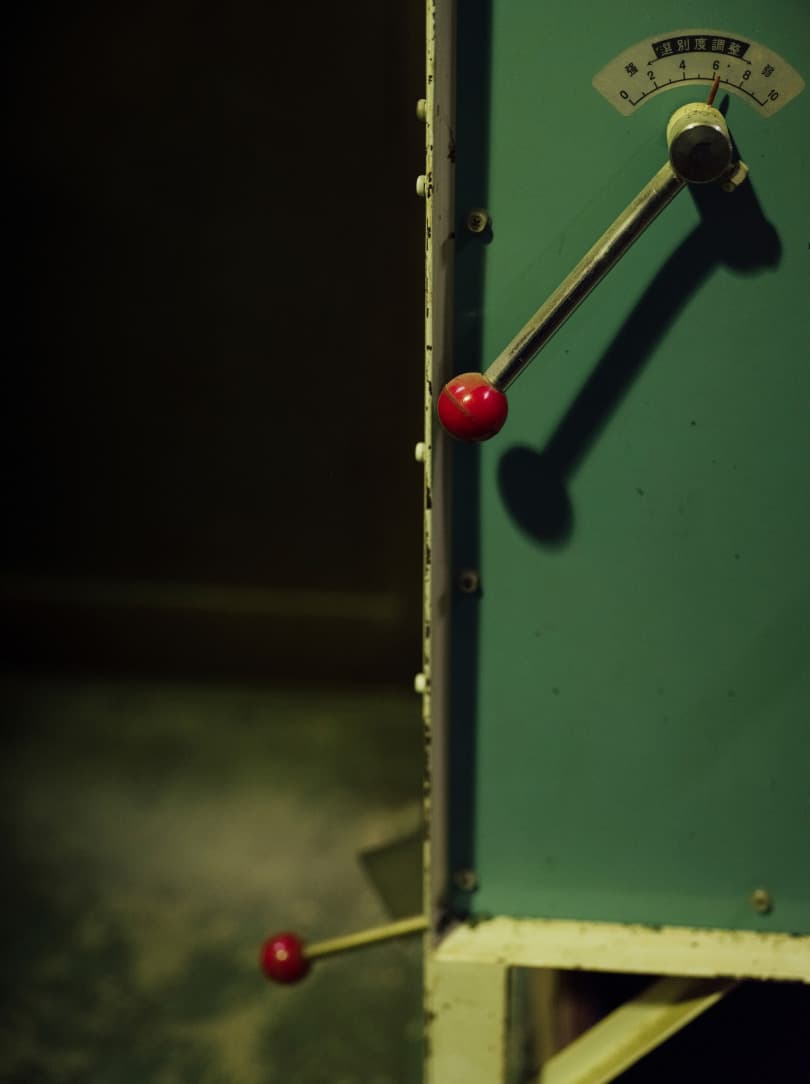
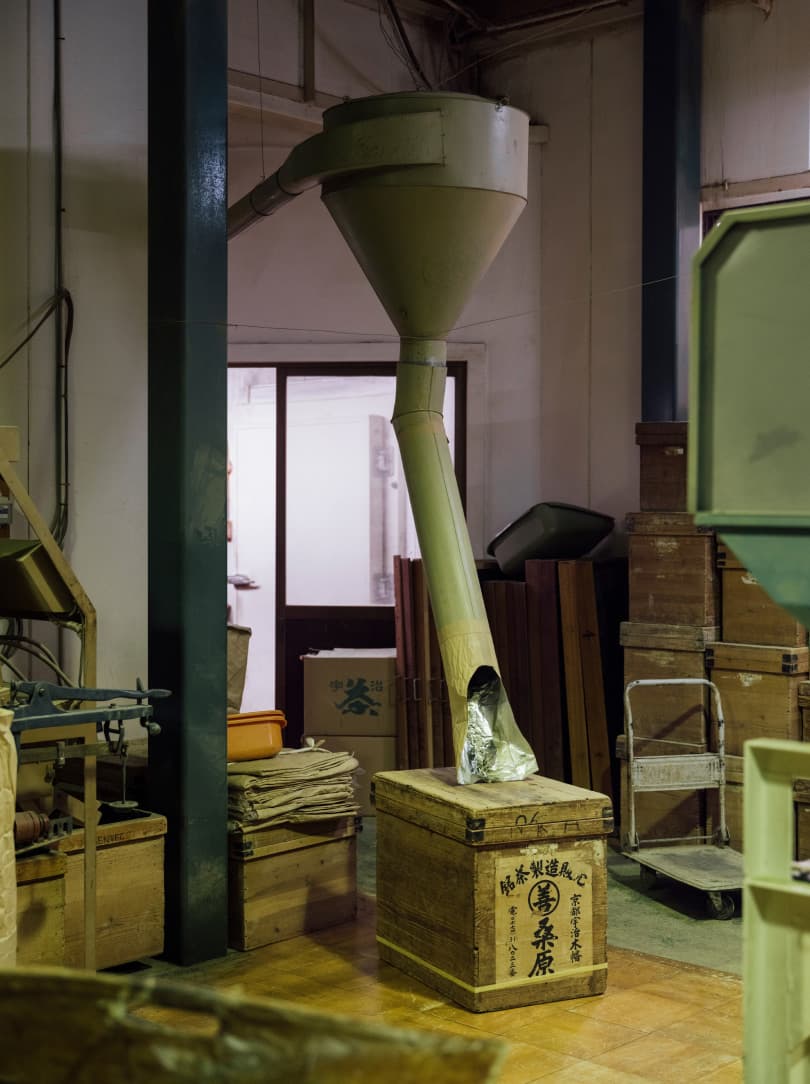
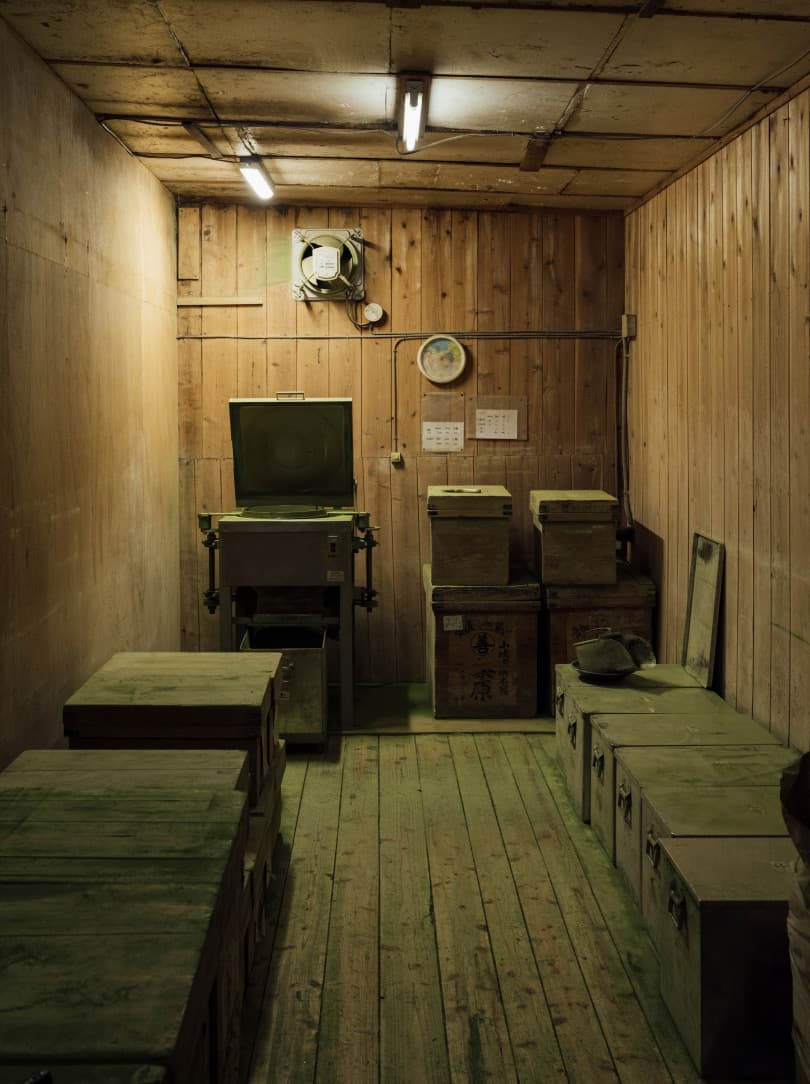

Tencha leaves are processed to remove stems, stalks and veins, while a series of bamboo sieves are used to regulate the size, length and thickness of the cut pieces. Once the processing is complete, the leaves are transferred to the grinding room.


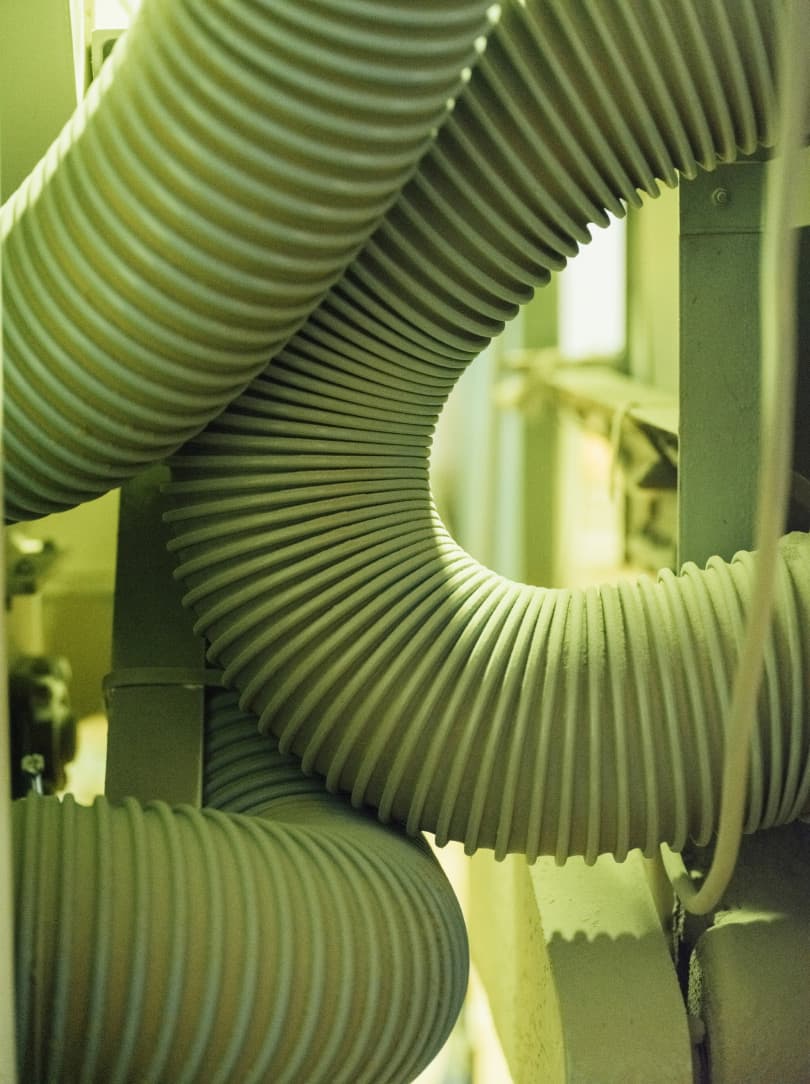

Pulling open a hefty door, Kuwabara steps into a room filled with stone grinders turning with clockwork precision. A slightly sweet aroma lingers in the air, while a thin layer of light green powder extends to each and every surface.
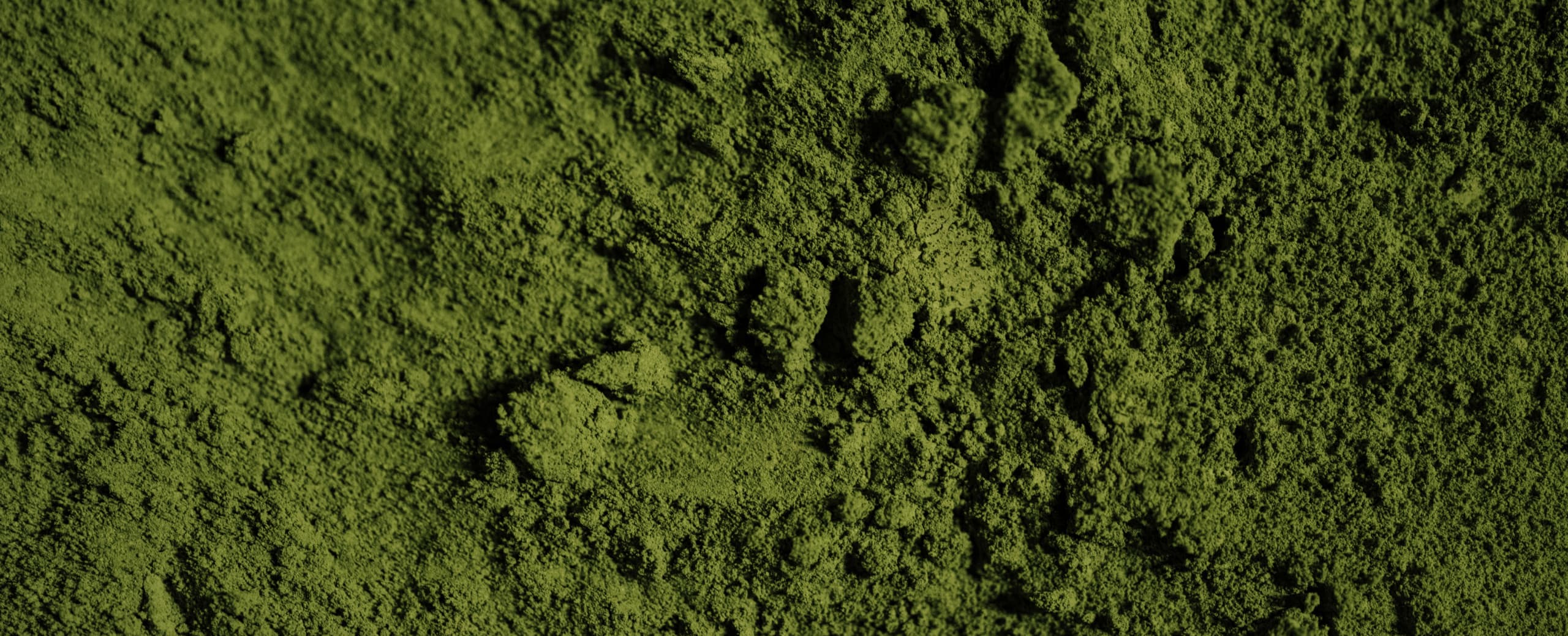
Over the years, the space has been fine-tuned to provide the optimal conditions for producing matcha of the finest quality. From the rhythmic motion of each stone mill, set at 55 revolutions per minute, to the operating environment, maintained at 20 degrees Celsius and 40 per cent humidity, everything is carefully controlled. This uncompromising approach extends to the grind itself. “Ten microns, one-hundredth of a millimetre, is the perfect size for matcha,” Kuwabara explains, taking a small amount of powder in his hand. “When you rub it between your fingers, it should find its way into the grooves of your fingerprints.”

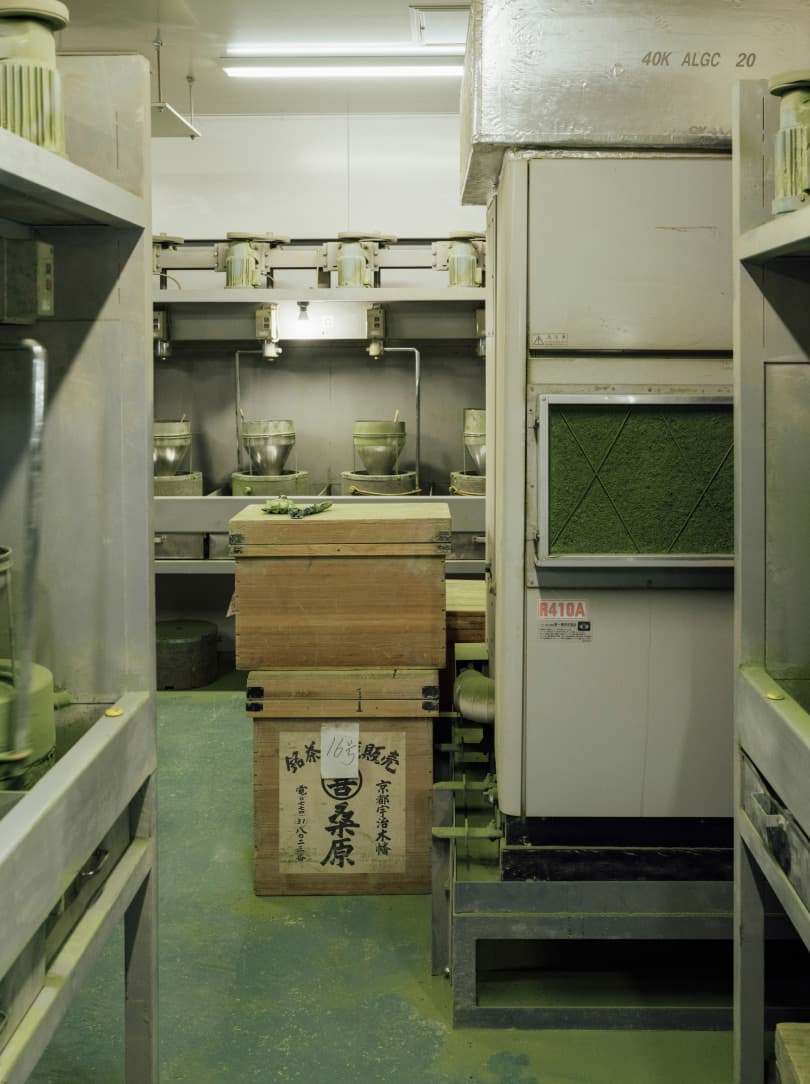
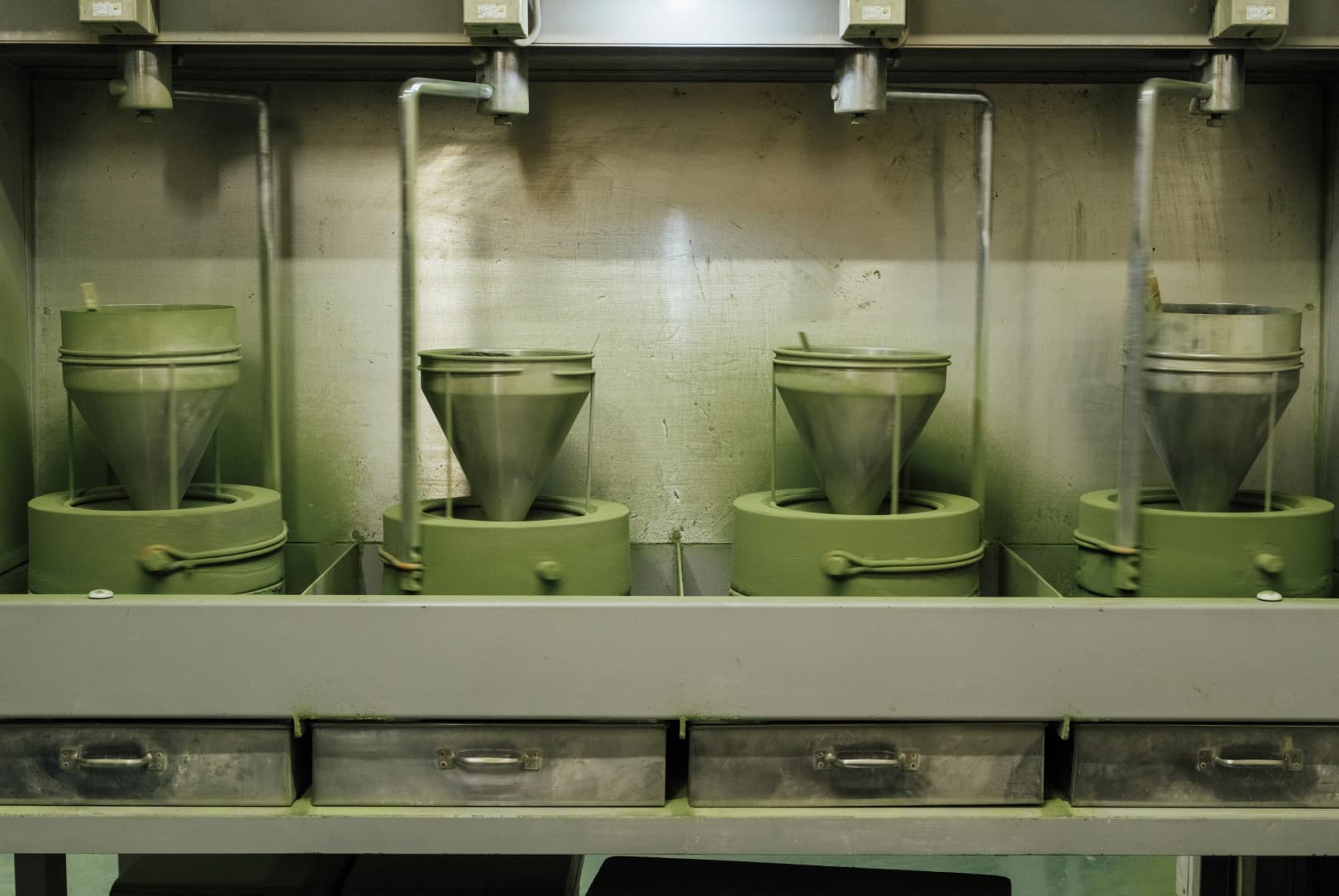
As Kuwabara Zensuke Shoten shows, Uji matcha is the culmination of not only traditions, techniques and wisdom passed down from generation to generation, but also the spirit of the farmers, producers and local workers writing the latest chapter in the region’s storied history.
